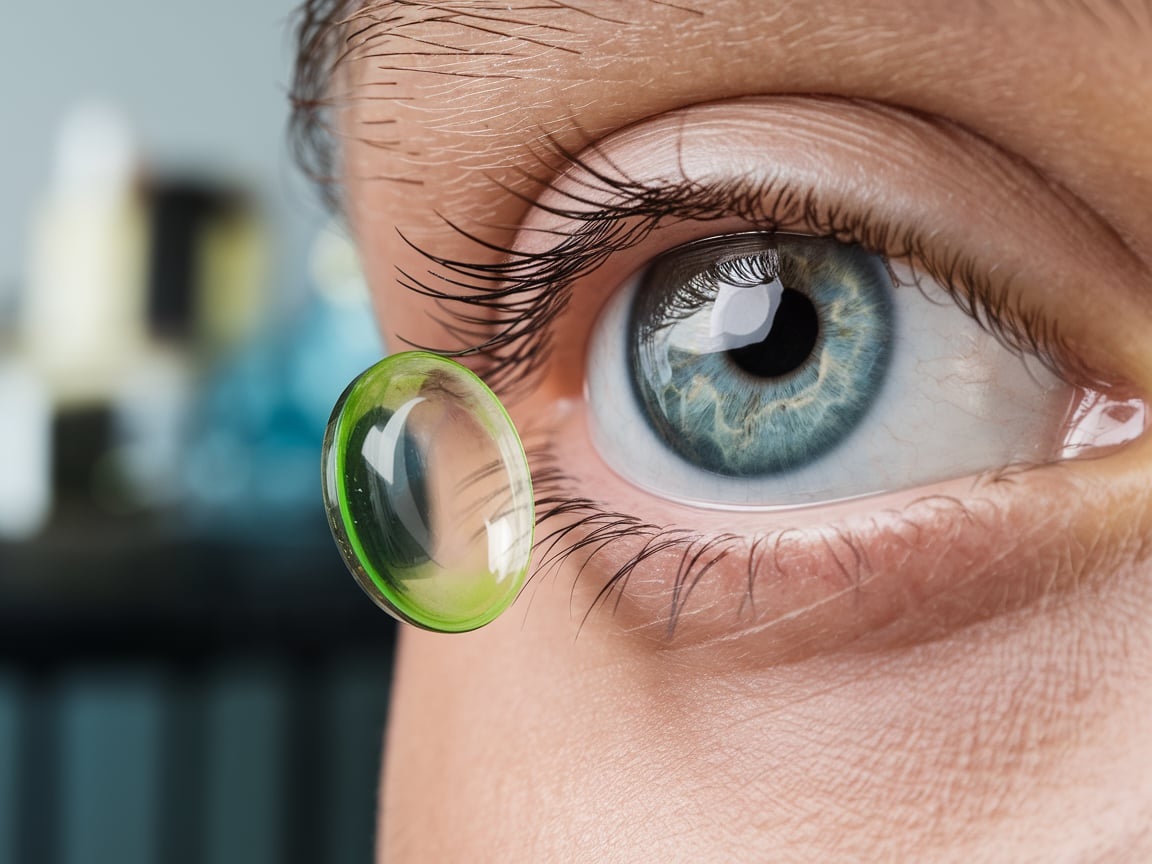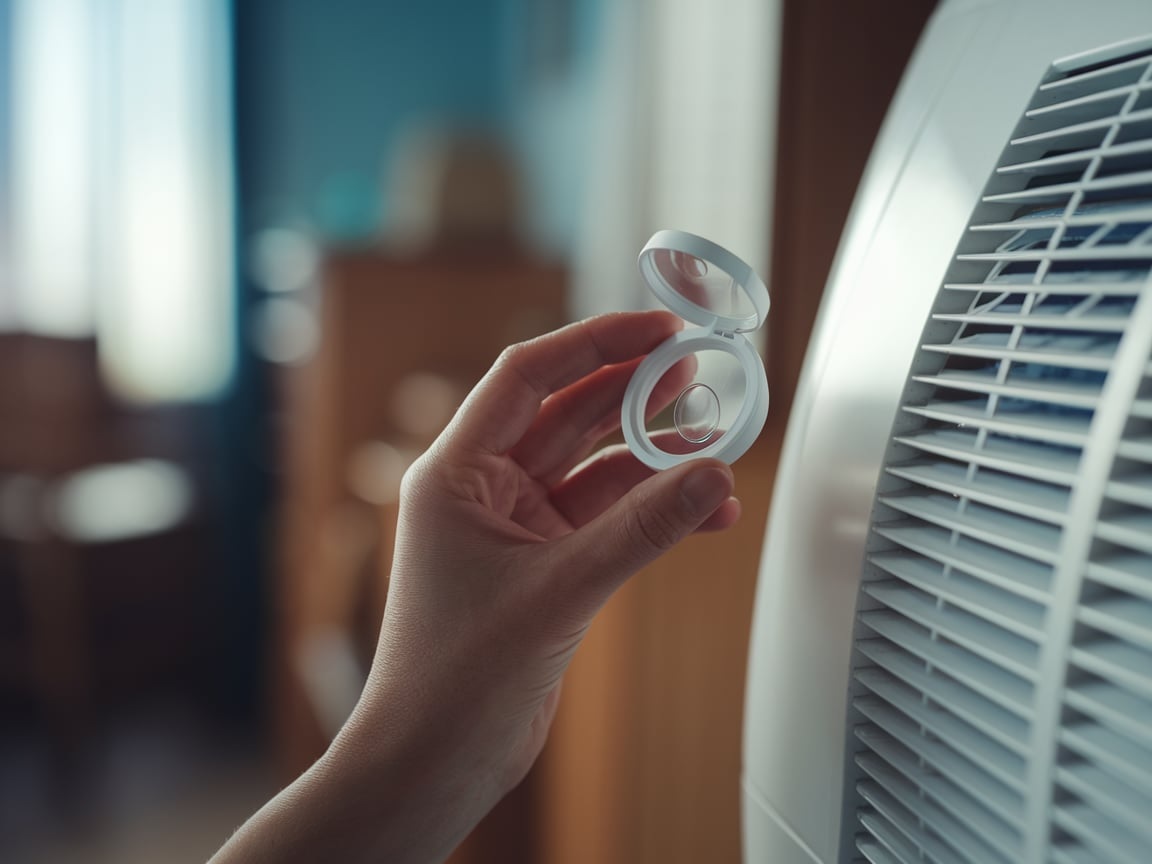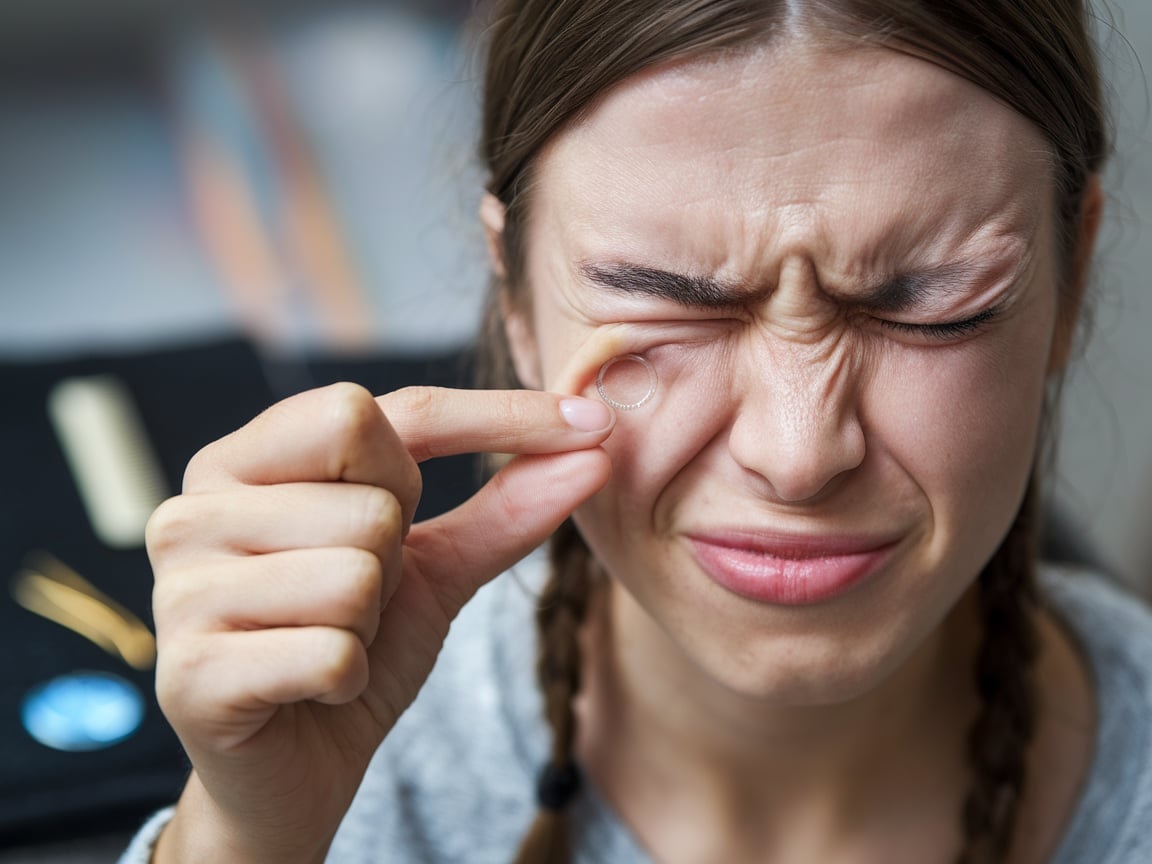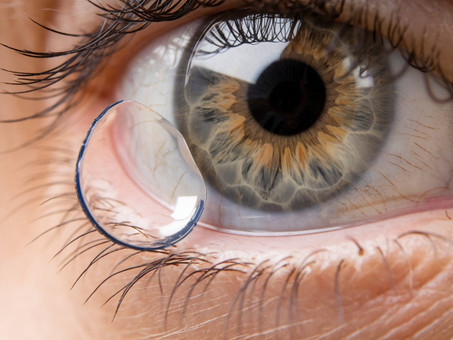Why Do My Contact Lenses Keep Sliding?
You’ve just put on your contact lenses, ready to take on the day, and… bam! They start sliding around your eyes like they’re on a skating rink. Frustrating, isn’t it? You’re not alone. Sliding contact lenses are one of the most common complaints among lens wearers. But don’t worry, we have you covered for an in-depth look at why this happens and how to stop it — permanently.
The Importance of a Proper Fit
What if you’re wearing shoes that are too large or too small—they feel uncomfortable? The same applies for contact lenses. Slips and slides are pretty much inevitable if they aren’t specifically made for your eyes.
Base Curve (BC) Matters
The base curve refers to the curvature of your contact lens. A lens that's too flat won't sit snugly on your eye, leading to movement. Conversely, a lens that's too steep can fit too tightly, causing discomfort. Most people find that a base curve around 8.6 mm works well, but individual needs vary.
Diameter Dynamics
The overall size of the lens affects how it sits on your eye. A lens that's too large or too small can shift out of place.
Dry Eyes: The Unsuspecting Villain

Your eyes depend on a healthy tear film to support contact lenses. When your eyes are dry, the lenses might lose their grip and could start moving around.
Hydration Matters
Drink plenty of water during the day. Dehydration causes dry eyes, so staying hydrated assists your body in secreting natural tears that keep your eyes moist and comfortable.
Use Artificial Tears
Lubricating eye drops can replenish moisture and hold your lenses in place. Make sure to use natural, preservative-free artificial tears or rewetting drops that are marketed specifically for contact lens wearers to prevent irritation.
Lens Damage: Tiny Tears, Big Problems
Your contact lens can behave incorrectly even with the slightest tear or defect.
Inspect Before Inserting
Please always double check your lenses to make sure they are not damaged before insertion. Whenever you notice a tear or crack, throw the lens away right away. With broken lenses, you might experience irritation, infection, or worse, corneal abrasions.
Causes of Lens Damage
Tears or chips can result from improper handling, including picking up lenses with fingernails. Additionally, neglecting to follow recommended cleaning and storage procedures will damage the lens material in the long run.
Proper Lens Handling
The best way to avoid harm is to always handle your lenses with clean, dry hands and use the pads of your fingers, not your nails. Be sure to clean and store it according to your eye doctor’s instructions.
Incorrect Insertion: A Simple Slip-Up
It may seem basic, but turning your lenses inside out or failing to put them in correctly can cause slippage.
The Taco Test
Take the lens on your fingertip and squeeze out the edges. If it’s a taco shape, and the edges look like an upturned taco, it's correct. If the edges flare out, it's inside out. With this simple test, you can avoid discomfort and maintain clear vision. Don’t forget to do the taco test every day to become a little more comfortable with your contact lenses.
Environmental Factors: More Than Meets the Eye

Your environment can also have an impact on your contact lenses.
Air Quality
Dust or wind can release particles that can interfere with lens placement. Furthermore, pollutants and allergens in the air can stick to your lenses and cause pain and eye infections. It’s best to wear protective eyewear in these situations to protect your eyes and stabilize your lenses.
Humidity Levels
Extremely dry or very humid weather can damage your eyes and lenses. When in low humidity places (eg, air-conditioned or heated indoor space), the moisture in your contact lenses can quickly evaporate and result in dryness and discomfort.
On the other hand, high humidity can make lenses soak up extra moisture, which can change their shape and oxygen absorption. These issues can be mitigated with the right balance of indoor humidity and eye drops.
Eye Health Conditions: Beyond the Surface
There are certain eye conditions that affect how well your contact lenses fit.
Astigmatism
This condition causes an irregularly shaped cornea, which can make standard lenses shift. Astigmatism-correcting toric lenses may be required for this kind of condition.
Keratoconus
Keratoconus causes a progressive narrowing and conical shape to the cornea, blurring the eyesight. This corneal shape makes the contact lenses uncomfortable to wear or slide out of place, and often requires specialized lenses, such as rigid gas permeable or scleral lenses, to provide an optimal fit and vision correction.
Dry Eye Syndrome
Dry eye syndrome occurs when the eyes don’t secrete enough tears or if they release poor-quality tears. They dry out and become itchy. This condition makes contact lenses feel uncomfortable and may cause the lens to move or move around..
FAQs

Why do my contact lenses move when I blink?
This could be due to an improper fit or dry eyes. Always check that your lenses are correctly fitted and keep your eyes hydrated.
Can I adjust a slipping lens during the day?
Yes, but make sure that your hands are clean before touching your eyes to prevent infections.
How often should I replace my contact lenses?
Follow the replacement schedule provided by your eye care professional—daily, bi-weekly, or monthly, depending on your lens type.
Is it normal for contact lenses to move slightly?
A minimal movement is normal and allows for tear exchange. Excessive movement however isn't normal..
What should I do if my lenses continue to slide despite taking precautions?
Consult your eye care professional. There might be an underlying issue that needs to be addressed.
Know the Potential Causes and Solutions for a Comfortable Wear
It is annoying when your contact lenses slip, but if you know the reasons behind them and how to overcome them, they’ll become easier to wear. Always pay attention to lens maintenance, stay hydrated, and check with your eye doctor to make sure your lenses are correct for your eyes.
Just keep in mind that your eyes are as unique as you are. What works for one person might not work for another. Keep up to date and enjoy the clarity that a good pair of contact lenses can bring.
 Save yourself from getting into rush hours and buy your contacts online.
Save yourself from getting into rush hours and buy your contacts online.






